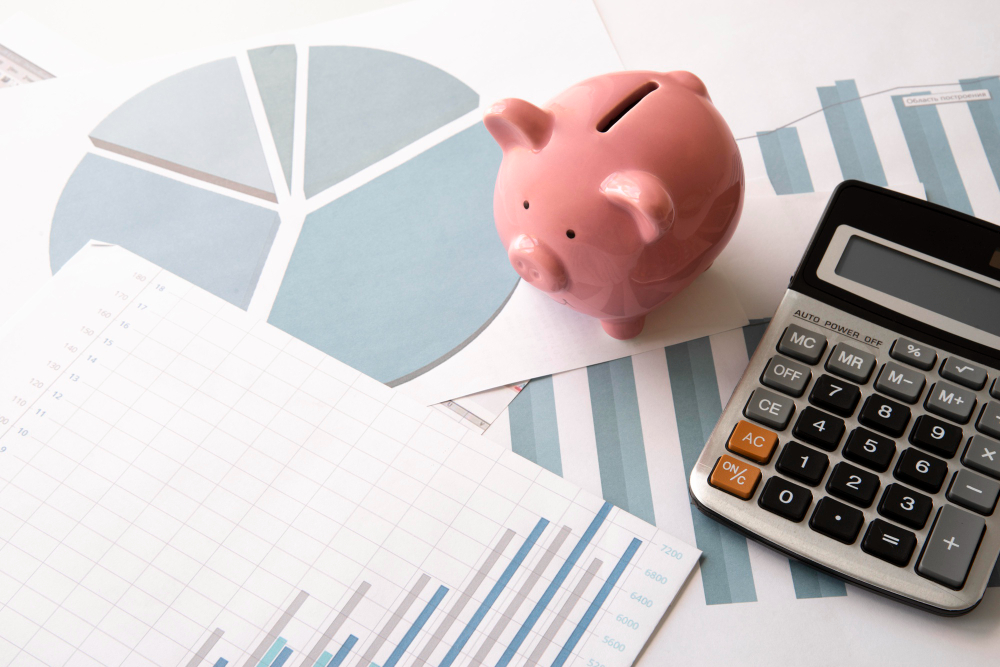Do a Midyear Financial Checkup to Keep Your Finances on Track
The financial landscape in America is challenging, with inflation pushing prices up and the labor market experiencing fluctuations.
For this reason, closely monitoring personal finances is more than a good habit—it’s a necessity.

In a country where family debt levels and financial insecurity worry experts, performing a midyear budget checkup has become a crucial strategy to maintain financial health.
Why Do a Midyear Budget Checkup?
The beginning of the year is often when many people set their financial goals: paying off debt, saving for a home, investing for retirement, or planning a trip.
As months go by, unexpected events happen, unforeseen expenses arise, and changes in the economic environment directly impact the budget.
A midyear budget checkup allows you to assess the real situation, adjust your planning, and correct course before financial problems worsen.
It can also be a time to cut unnecessary expenses and identify new opportunities.
Current Economic Scenario in the USA and Its Impacts
The American economy is going through a delicate phase, with high inflation and increased cost of living.
According to the Bureau of Labor Statistics, annualized inflation remains close to 4% to 5% in many sectors.
At the same time, interest rates have risen to curb inflation, making financing more expensive and impacting consumption.
The labor market, while solid in terms of employment, faces challenges such as rising living costs and wage inequality.
In this context, controlling the household budget is essential to avoid excessive debt and ensure emergency savings.
Step 1: Conduct a Complete Financial Diagnosis
The first step is to clearly understand your current situation by gathering all information about income, expenses, debts, and investments.
Use bank statements, credit card bills, and receipts to create a detailed spreadsheet. Categorize expenses: housing, food, transportation, leisure, health, education, among others. Be transparent and realistic.
Step 2: Compare Current Budget with Planned Budget
With your diagnosis ready, compare actual expenses to the budget set at the beginning of the year.
Identify areas where deviations occurred—whether due to cost increases, unnecessary spending, or lifestyle changes.
Understanding your spending categories helps you make more conscious decisions to adjust your expenses.
Step 3: Evaluate and Reprioritize Your Financial Goals
With the changing economic scenario and your actual budget in hand, review your financial goals.
If you planned to save for a trip or a big purchase, assess whether it is still feasible or if you should prioritize paying off debt or building your emergency fund.
Reprioritizing does not mean giving up but adapting to circumstances to ensure balance and avoid unnecessary financial risks.
Step 4: Cut Unnecessary Expenses with Discipline
The checkup moment is ideal to identify expenses that can be reduced or eliminated.
Consider renegotiating contracts for services such as internet, phone, and insurance, which may have competitive market prices.
Also, evaluate saving opportunities on grocery shopping by opting for generic brands or promotions.
However, understand that this does not mean giving up leisure and well-being but really prioritizing what adds true value.
Step 5: Strategically Plan Debt Payments
Debt can be one of the biggest threats to financial health, especially with today’s high interest rates.
If you have credit card debt, personal loans, or financing, use the checkup to plan efficient payments.
Techniques like the “snowball method” (prioritizing smaller debts) or the “avalanche method” (prioritizing debts with the highest interest rates) can be applied to reduce total costs.
Negotiating better terms with creditors can also be a solution.
Step 6: Strengthen Your Emergency Fund
Having a financial reserve for unforeseen events is essential to avoid debt in unexpected situations, such as health problems, job loss, or urgent home repairs.
Experts recommend that this reserve cover at least 3 to 6 months of basic expenses. If you don’t yet have this amount, make it a priority in your planning.
Step 7: Reassess Your Investments
If you already have investments, take advantage of the moment to review your portfolio.
With changes in interest rates and the economy, some assets may be less profitable while others present opportunities.
If you don’t invest yet, consider starting with low-risk options to build wealth and protect your money from inflation.
